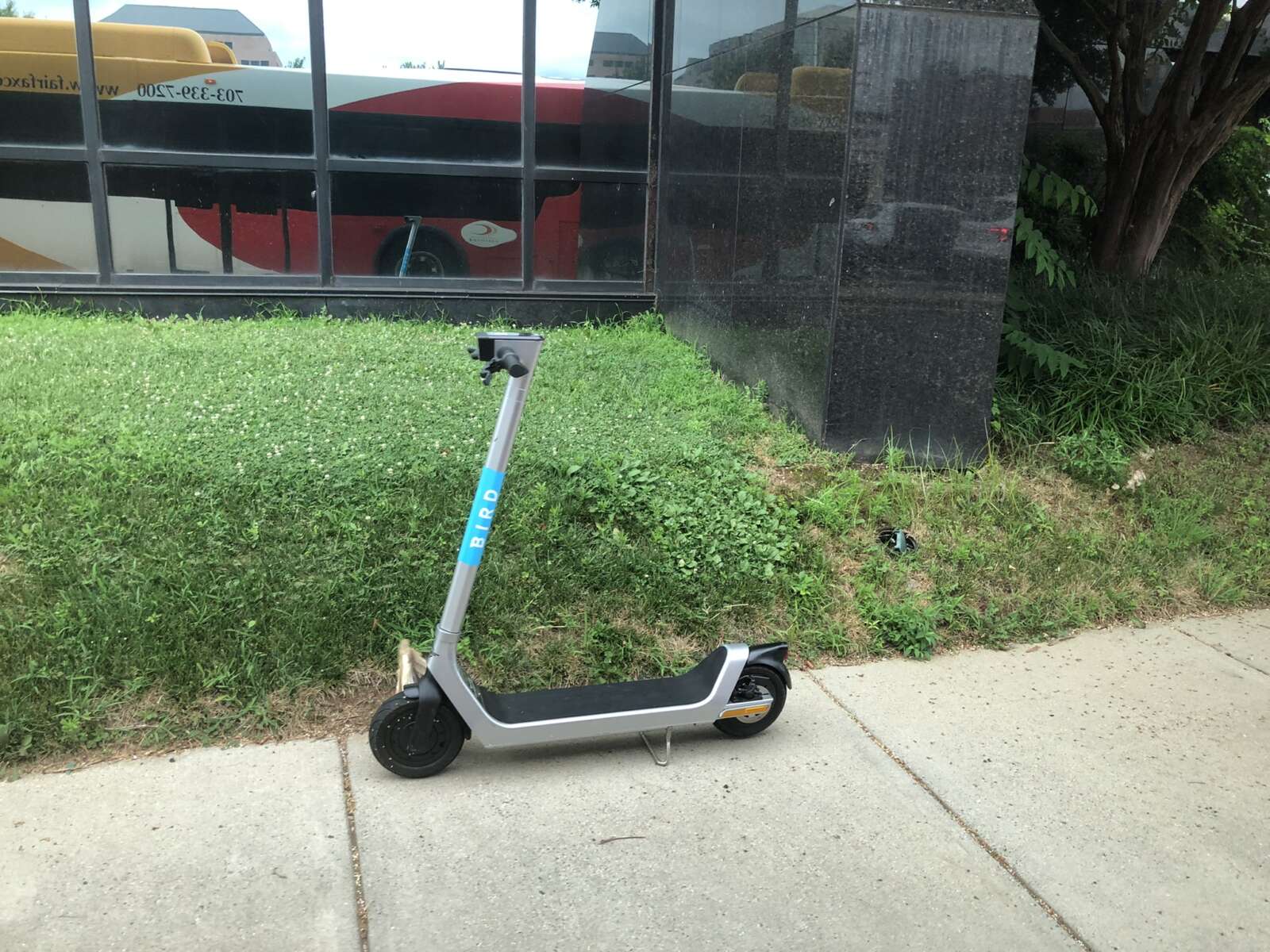
Fairfax County’s only electric scooter provider will continue operating even after filing for bankruptcy last month.
The company, Bird, will also maintain its scooters in Fairfax City, where it’s one of two companies in a pilot program.
“We expect to continue operations in Fairfax and Fairfax County as normal and we look forward to working with the city and county administration as a partner into the future,” a Bird representative wrote in an email to FFXnow.
The county and city have both been told by the company that service will go on. Bird has permission to operate 300 devices in Fairfax County, while the City of Fairfax generally permits up to 250 devices per company.
Bird and Superpedestrian’s LINK got permission to bring their products to Fairfax County in July 2021 following a November 2019 county board ordinance regulated shared mobility devices. Superpedestrian recently stopped all U.S. operations, though it had already been dropped from the county’s operator list after failing to renew its permit in January 2022.
The county doesn’t appear to have any new partners in the offing at the moment.
“Anyone may submit a Shared Mobility Device Operator Permit Application for review,” wrote Rebecca Makely, director of the county’s department of cable and consumer services, in an email to FFXnow.
Bird’s shared mobility devices saw nearly 20,000 rides between July and December 2023, according to data provided by the county, with an average ride distance of just over a mile during that period.
FairfaxCity authorized a shared mobility pilot program of its own in May 2019, but has yet to establish a permanent program. Bird and San Francisco-based Lime are currently authorized under the pilot, which the city council unanimously voted to extend through June 30, 2024 at a Jan. 9 meeting.
City staff expects to develop a proposal for a more permanent program by the time this extension ends.
“There was a lot of bumpiness during Covid, but a lot of the operations and usage have stabilized, and we feel like we can now begin to transition to a more permanent, long-term program,” Chloe Ritter, the city’s multimodal transportation planner, said at the meeting.
While the city doesn’t expect Bird’s bankruptcy filing to have immediate effects, it could inform program planning.
“We can’t predict what’s going to happen in six months or two years, but I think it’s a good reminder for us to keep our program flexible to respond to those kinds of things,” Ritter said.
In neighboring Arlington County, scooter and e-bike provider Veo recently declined to renew its permit, citing market conditions. Superpedestrian is also exiting Arlington as it shutters its U.S. business.
Bird and Bird-owned Spin still operate in Arlington, as does Lime, which announced near the end of 2023 that it had logged 500 million total rides on its devices.

Martin Luther King Jr. Day is this Monday (Jan. 15), and local events will honor the civil rights leader and provide community engagement opportunities.
The holiday marks King’s birthday (Jan. 15, 1929), and it is also a Congressionally-designated day of service.
A sampling of the many MLK Day events planned around Fairfax County includes speeches, a march and volunteer projects:
2024 Reston Dr. Martin Luther King Jr. Birthday Celebration
Saturday, Jan. 13-Monday, Jan. 15
Multiple locations
Some events are free, some are ticketed
The Reston Community Center has a full slate of events, including community service projects on Saturday morning at Cathy Hudgins Community Center at Southgate (12125 Pinecrest Road) and a musical performance on Sunday at RCC Hunter Woods — Center Stage (2310 Colts Neck Road). On Monday at 11 a.m., Rev. William J. Barber will deliver a keynote address to a sold-out audience at RCC Hunter Woods. If you don’t have tickets, you can join a waitlist at the box office at 10 a.m.
Dr. Martin Luther King Jr. Day Celebration Keynote Address
Saturday, Jan. 13
4 p.m.
The Alden Theatre (1234 Ingleside Ave.)
$30 per ticket, or $25 for seniors and $20 for McLean Community Center district residents
Former chairman of the Republican National Committee and former lieutenant governor of Maryland Michael Steele will deliver an address titled “The Black Experience & The American Dream.”
Music of the Civil Rights Movement
Sunday, Jan. 14
2-3:30 p.m.
The Alden Theatre (1234 Ingleside Ave.)
$10 per ticket, or $7 for seniors and $5 for MCC district residents
The Alden Theater at the McLean Community Center will host musician and activist Calvin Earl for a class covering “the music of the Civil Rights Movement and beyond,” per an event description. There will be a Q&A.
Martin Luther King Jr. Service and Learning Event
Monday, Jan. 15
10-11:30 a.m.
Frying Pan Farm Park Visitor Center
$8 per person, registration required
Families can engage with educational materials and a service project at the Frying Pan Farm Park Visitor Center (2709 West Ox Road, Herndon). Activities will be set up at stations and feature lessons about Martin Luther King Jr., the Civil Rights Movement and giving back to the community, per an event description.
Give Together
Monday, Jan. 15
10 a.m.-2 p.m.
Northern Virginia Community College — Ernst Community Cultural Center
Free, registration required
Volunteer Fairfax is commemorating Martin Luther King, Jr. Day at the community college’s Annandale campus (8333 Little River Turnpike) by encouraging families to support local nonprofits. Projects will include a food drive and food packing, “caring kits” for community members in need of support, no-tie fleece blankets for veterans and more. Participating kids can earn passport stamps as they complete projects.
Annual March for Unity and Freedom
Monday, Jan. 15
10 a.m.-1:30 p.m.
Starts at Tinner Hill Civil Rights Monument (Tinner Hill Road & South Washington Street)
Free, registration requested
Attendees will gather at the Tinner Hill Civil Rights Monument in Falls Church City and make their way to The Falls Church (115 East Fairfax Street) in the March for Unity and Freedom.
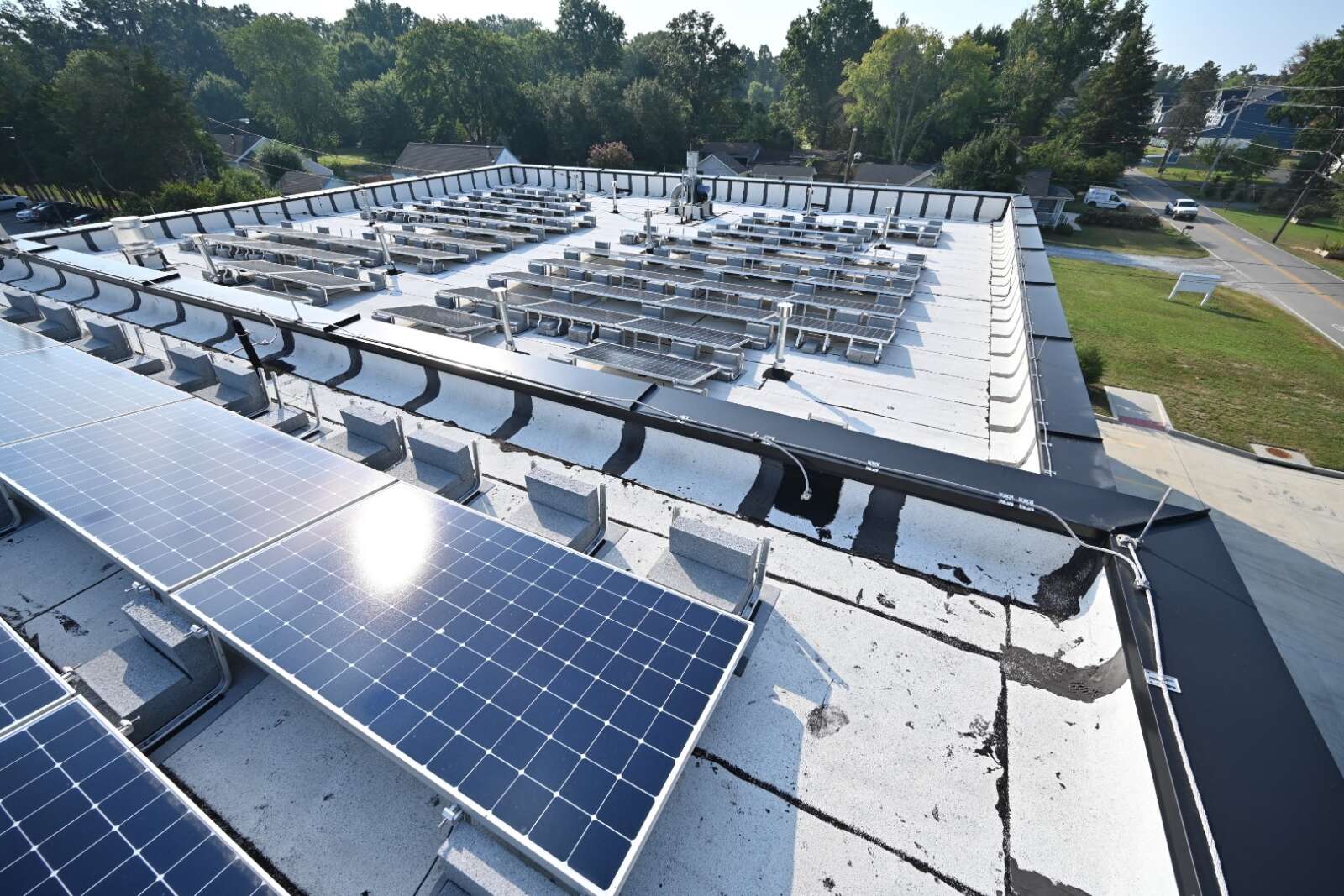
The public can get a closer look at Fairfax County’s efforts to combat climate change with an updated Climate Action Dashboard.
The dashboard updates, released yesterday (Dec. 18) by the Fairfax County Office of Environmental and Energy Coordination (OEEC), include a new interactive map and sector-specific landing pages, so community members interested in buildings, for example, can view those metrics separately ones about waste.
Overall, the updated dashboard aims to highlight how data informs county decision-making and how positive results come to be through “collective effort,” per a county press release.
So far, progress includes a 30% reduction in greenhouse gas emissions between 2005 and 2020 and an increase in solar installations.
The county has an extensive set of climate-related goals, outlined in three plans. Two of those plans — the Community-wide Energy and Climate Action Plan and the Operational Energy Strategy — focus on emissions, while the third focuses on climate resilience against natural disasters like flooding and heat.
“Resilience means being able to bounce back fully from shocks and stressors that come our way without suffering permanent loss,” OEEC acting director John Morrill told the Board of Supervisors at an environmental committee meeting last Tuesday (Dec. 12).
The county is making progress on a variety of its environmental goals, according to a high-level summary Morrill presented at the meeting.
For example, it’s ahead of where it needs to be to retrofit at least 100,000 housing units with energy efficiency by 2030, and it has surpassed a goal of increasing telework and non-motorized commuting, though the OEEC acknowledges that could “regress” as more workers return to offices after the pandemic.
In other metrics, however, the county is behind its benchmarks. Just 10% of energy in the community comes from clean sources, when it should be at 20% to reach its goal of all clean energy by 2045, and 48% of waste is being diverted from landfills or incineration, a rate that should be closer to 60% to reach 90% by 2040.
Morrill noted that the county has more control when it comes to developing resilience than when reducing emissions.
“Emissions reduction is a national and global effort, and much is beyond our control or even influence,” Morrill said. “We’ll be more clearly defining the factors beyond county control to better calibrate our efforts and expectations to ensure that we are focused on making the most of what the county can do best.”
Morrill compared climate resilience to running on a treadmill as its speed increases, and said it may not be possible to reach 100% resilience.
“Nevertheless, the county’s resilience efforts are crucial to ensuring we do not fall off the back of the treadmill, which in this metaphor would mean permanent loss of life, property and resources,” Morrill said.
At the meeting, Board of Supervisors Chairman Jeff McKay said community engagement would be key to achieving the county’s climate action goals, including its target date of 2050 for achieving carbon neutrality.
“Without their engagement and involvement, we can’t achieve these overall goals,” McKay said.
An addendum to Morrill’s presentation provided updates on several county initiatives. For example, Charge Up Fairfax — a pilot program that assists residential communities with electric vehicle charging — launched with five neighborhoods this year. Another five neighborhoods were recently added.
Fairfax County’s cooling centers, which got revamped earlier this year, had 251 visits in 2023.
The OEEC will regularly add new and more up-to-date information to its Climate Action Dashboard, according to the press release. The board will receive more detailed information about the county’s progress on its goals early in the new year, Morrill said.
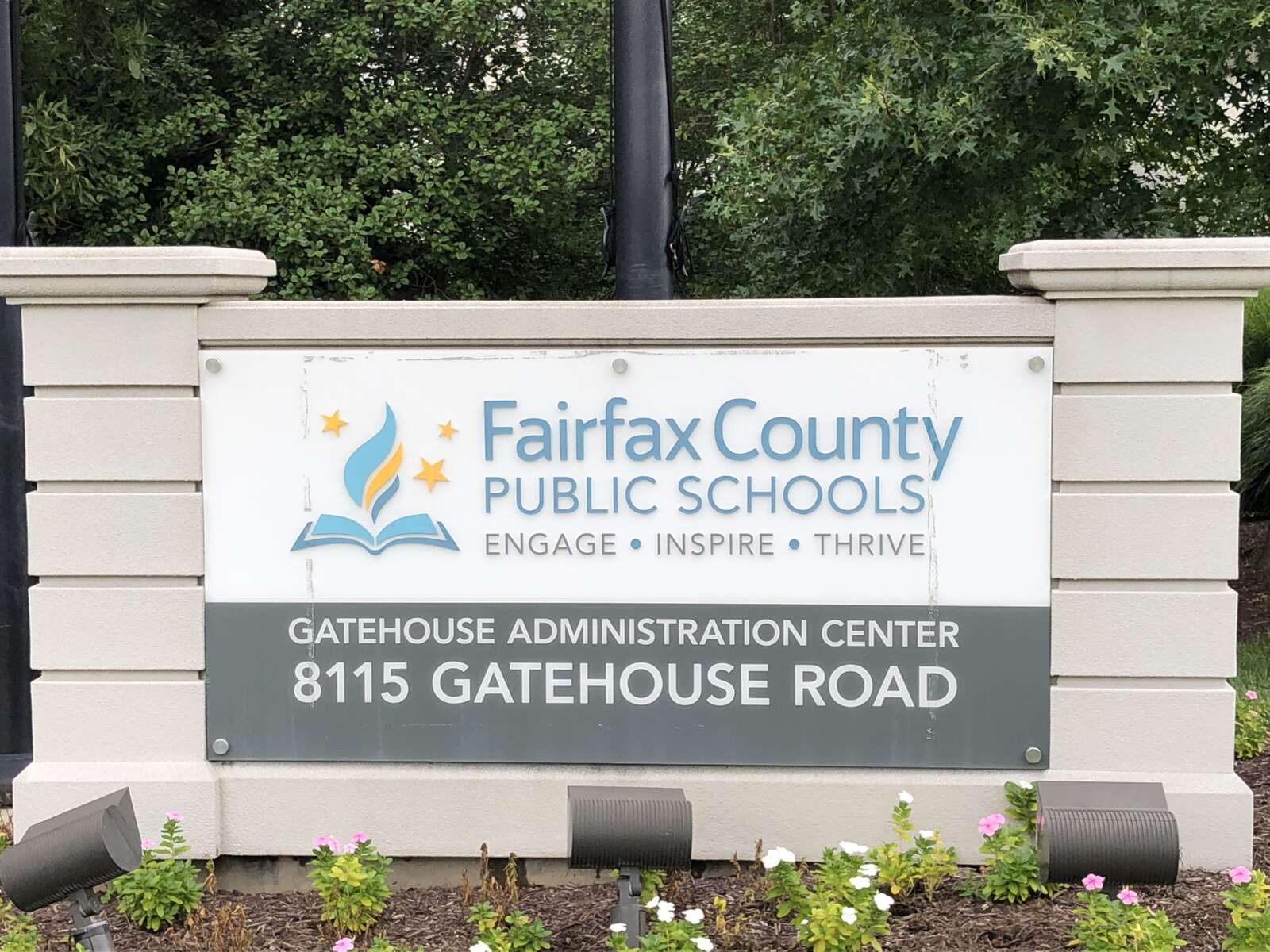
(Updated at 11:25 a.m.) The Fairfax County School Board will vote next week on $847,000 in funding for security cameras at nine elementary schools.
That project is among those that could be funded as part of Fairfax County Public Schools’ midyear budget review, which Chief Financial Officer Leigh Burden presented to the board on Monday (Dec. 4).
FCPS has also proposed allocating $100,000 to cover costs associated with renaming Woodson High School after Carter G. Woodson. The change from former FCPS superintendent W.T. Woodson was approved on Nov. 9 and will take effect with the 2024-2025 school year.
“Historically, renaming costs have typically been about $300,000, but many items at Woodson just say ‘Woodson,’ so those items will not have to be replaced,” Burden said.
The board-authorized funding for security cameras would supplement money the county has received from two Virginia Department of Education grants to fund security cameras at eight elementary schools.
“Prioritization is determined by the building age, the number of existing cameras, the number of incidents at a school location as well as access to uninterrupted power,” Burden said in her presentation.
The elementary schools slated to receive funding through the mid-year budget review are Deer Park, Coates, Springfield Estates, Bull Run, Terra Centre, Greenbriar East, Freedom Hill, Bush Hill and Graham Road.
Another eight schools — Pine Spring, Great Falls, Fort Hunt, Sunrise Valley, Newington Forest, Rose Hill, Forest Edge and Glen Forest — will get cameras through the VDOE grants, which had different criteria for each application, according to an FCPS spokesperson.
When selecting the schools, FCPS considered factors such as the number of students eligible for free and reduced meals, the number of incidents at a given school, when the school was built, the availability of uninterrupted power and how many other schools in each region already had security cameras, the spokesperson told FFXnow.
Superintendent Michelle Reid told the school board in May that about half of the elementary schools in FCPS had exterior video cameras, along with all high schools. Installations at all middle schools were expected to finish this year, and she hoped to expand the program to all elementary schools in the “near future.”
Overall, FCPS has just over $6.1 million in additional funding to allocate in its mid-year budget review, most of which comes from higher-than-anticipated sales tax revenue identified after the end of fiscal year 2023, according to Burden. About $1 million comes from federal Individuals with Disabilities Education Act grants, which support the school operating fund, she said.
The mid-year budget review also includes $88,000 to support restorative justice interventions and $80,000 for improvements to power sources used for Advanced Placement digital testing at select high schools. About $3.1 million would be held for fiscal year 2025, which starts on July 1, 2024.
“We generally like to try to keep the beginning balance around the same level as it is in the previous year because otherwise, if it’s less than that, then that just increases the local request to the county,” Burden said.
Braddock District Representative Megan McLaughlin asked about funding for school maintenance and repairs. She suggested Reid confer with Janice Szymanski, chief of facilities services and capital programs, and her team about addressing some “backlog maintenance issues” ahead of the board’s vote on Dec. 14.
“We just keep telling our communities, in particular our athletic boosters that work hard, tirelessly, year after year to bring money to the table, and then to get told, ‘We’re sorry we promised you that repair project, but there’s no money dedicated to it,’” McLaughlin said. “I think we’re losing faith and support and confidence from our families when we make promises and then we don’t deliver.”
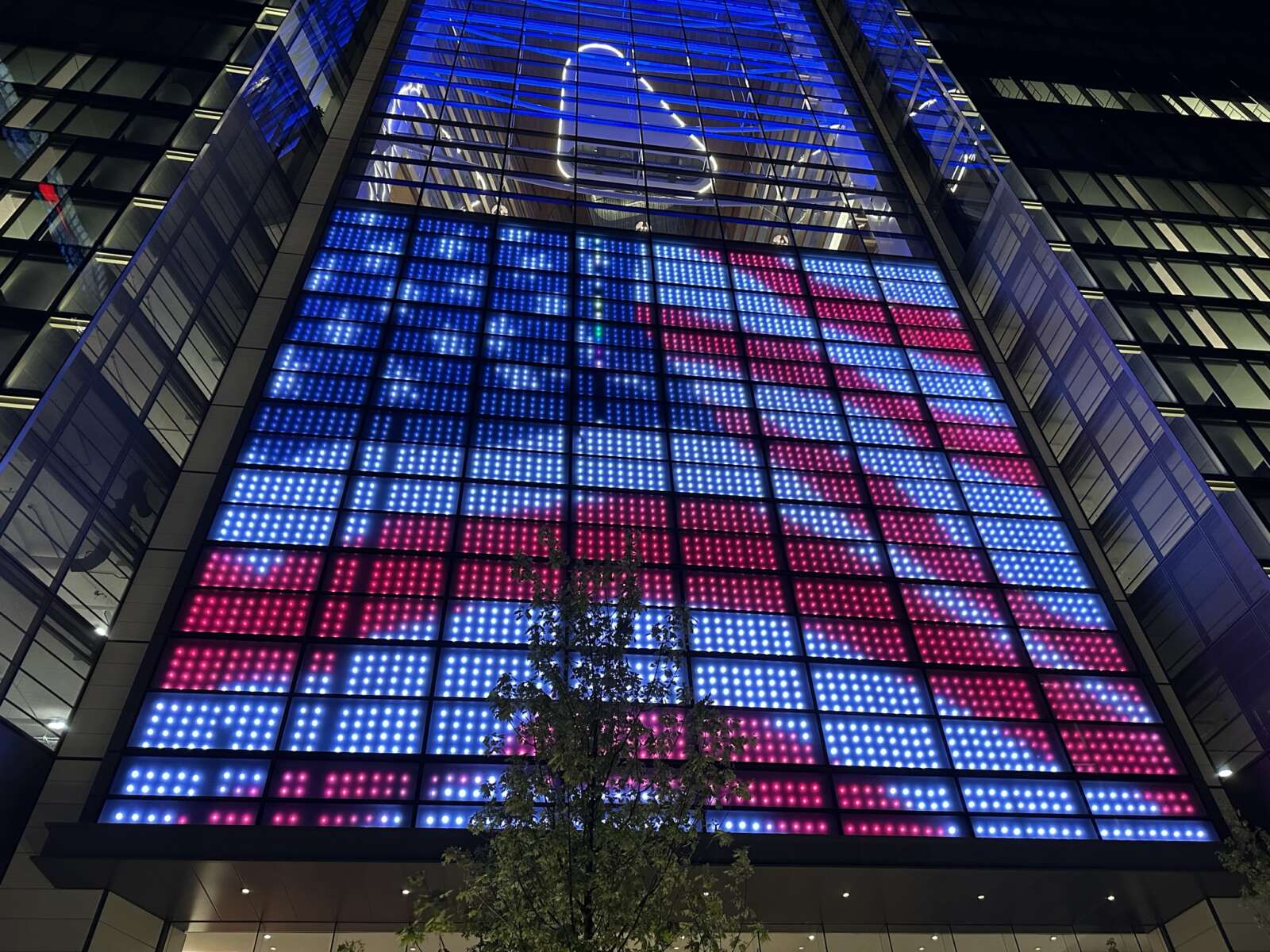
Electronic signs on display at eligible businesses, schools and other establishments can now shine brighter at night.
In planned, commercial and industrial zoning districts within Fairfax County, electronic display signs can now reach brightness levels of up to 300 nits at night, compared to 100 nits previously.
The Board of Supervisors unanimously approved the change to the county zoning ordinance after a public hearing at its Nov. 21 meeting.
“Nits” indicate an object’s brightness. Common cellphones, televisions and computer monitors have nit levels between 250 and 600, according to a county staff report. Under existing county rules, a lot has a designated amount of “freestanding sign area” and may have one electronic display sign that uses up to 50% of that area.
“During outreach on this amendment, we did receive feedback from industry that modern screens are getting brighter, including the widespread use of LED technology,” said Casey Judge with the county’s Department of Planning and Development.
Feedback and research led to county staff’s recommendation to increase the maximum brightness, Judge said.
In residential districts, the maximum nit level will remain 100 nits at night. The 100-nit limit will also apply to any electronic display signs visible to a single-family dwelling within 150 feet of the property with the sign.
Staff had recommended increasing the maximum nit level to 500 nits in planned, commercial and industrial areas in an Oct. 3 report. However, the Fairfax County Planning Commission recommended the ultimately approved 300-nit maximum and the 100-nit maximum for signs located near single-family homes, Judge said.
“I’m not sure 150 feet is the right number, but I think this is one of those things, over time, we’ll probably be getting feedback if it’s too short,” Hunter Mill District Supervisor Walter Alcorn said.
Three community members spoke during the public hearing. Kenny Peskin, a McLean resident who identified himself as an employee of the International Sign Association, said he was “generally in support of the motion,” in particular the version in the staff report with the higher nit limit.
Eileen Kragie, founder of an organization called Dark Sky Friends that advocates against light pollution, spoke against artificial light at night, but called the work “a credible first cut for the electronic signage ordinance.”
Jennifer Falcone called in on behalf of the Great Falls Citizens Association, reporting that the board of the association supported the motions adopted by the planning commission.
Changes to the zoning rules for outdoor signs have been in the works for over a year. Staff presented an initial proposal in May that underwent two public hearings with the planning commission.
Other approved changes include combining three sign application processes and permitting illuminated window signs of up to 4 square feet in non-residential locations.
County staff will provide a report on the implementation of the new guidelines within 18 months.
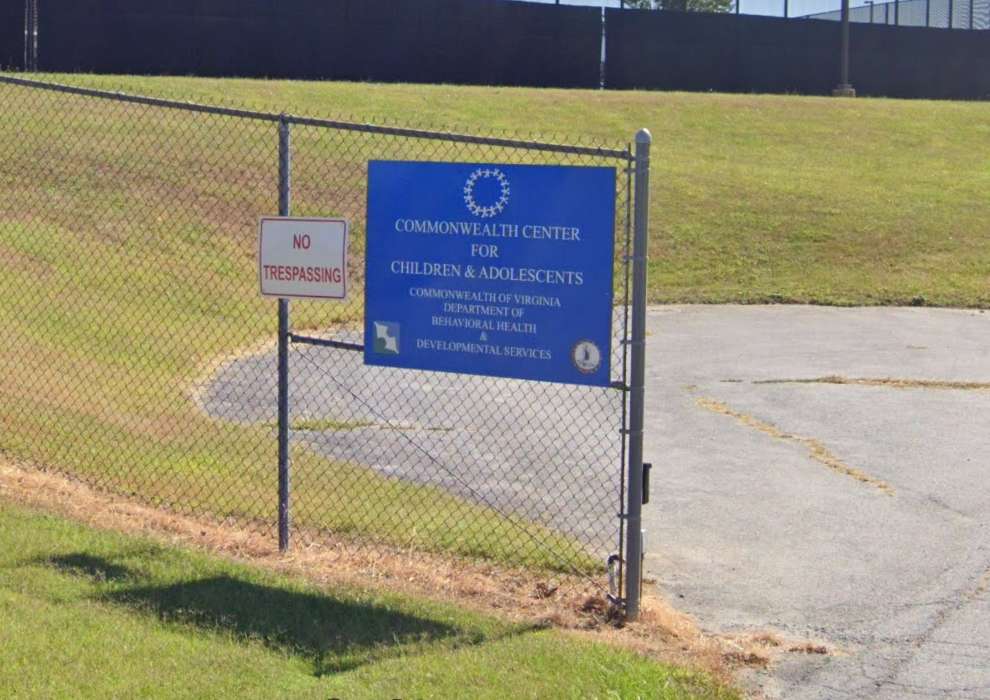
As Virginia’s one state psychiatric hospital for youth continues to face bed shortages, additional regional youth mental health services could provide relief to kids and teens in Fairfax County.
While there are options for adults, Northern Virginia doesn’t have any crisis stabilization facilities for youth, according to Daryl Washington, executive director of the Fairfax-Falls Church Community Services Board, which provides mental health, substance use and disability services.
A crisis stabilization facility would provide an alternative to hospitalization, while making it easier for youth to receive psychiatric care close to home.
“It has many of the same services that a hospital would have where they have nursing staff, counselors, therapists and prescribers that can prescribe medication that are available 24 hours a day, seven days a week,” Washington said.
As Washington told the Fairfax County Board of Supervisors last month, there’s no formally committed state funding or a public timeline for a regional facility, whichwould be developed in collaboration with other Northern Virginia counties.
However, state budget amendments approved in September include $58 million to enhance and modernize comprehensive crisis services, and CSB staff, along with county building experts, have toured possible locations.
Plans to build out regional youth crisis services come amid a national shortage of behavioral healthcare workers and challenges with state psychiatric beds in Virginia. The only youth state hospital — the Commonwealth Center for Children and Adolescents in Staunton — is not operating at its 48-bed capacity.
“In fiscal [year] 2019, we were able to get 154 kids admitted to the youth state hospital, but last year there was only enough availability where we could get 41 admitted,” Washington said.
On top of that, Washington says the Staunton hospital recently faced challenges in maintaining its accreditation from the Joint Commission, receiving three preliminary denials between May and July before reaching accredited status in September. That status was confirmed with a follow-up survey in October.
FFXnow contacted a Virginia Department of Behavioral Health and Developmental Services spokesperson for comment but didn’t receive a response by press time.
Although the county also sends youth to local private hospitals, only some of them accept kids, and the wait time for a psychiatric bed can be long, according to Washington
“Last fiscal year, we had 139 kids that had to wait eight hours or longer to find a hospital bed,” he told FFXnow. “For the Northern Virginia region, it was 332 kids that had to wait eight hours or longer before we could locate a hospital bed for them.”
In some cases, the state hospital is a better fit for care. When a private hospital is appropriate, keeping kids local is preferable, Washington said.
“If we have a youth in our community, our number one goal is to try to get them care as close to home as possible,” Washington said. “You almost always get better outcomes when you can provide services and treatment as close to home as possible.”
Elsewhere in the state, a 12-bed crisis stabilization unit for youth recently opened in Wythe County.
“It’s a new service that the state is wanting to stand up and expand, but it just takes time to build that infrastructure and level of care,” Washington said.
Image via Google Maps
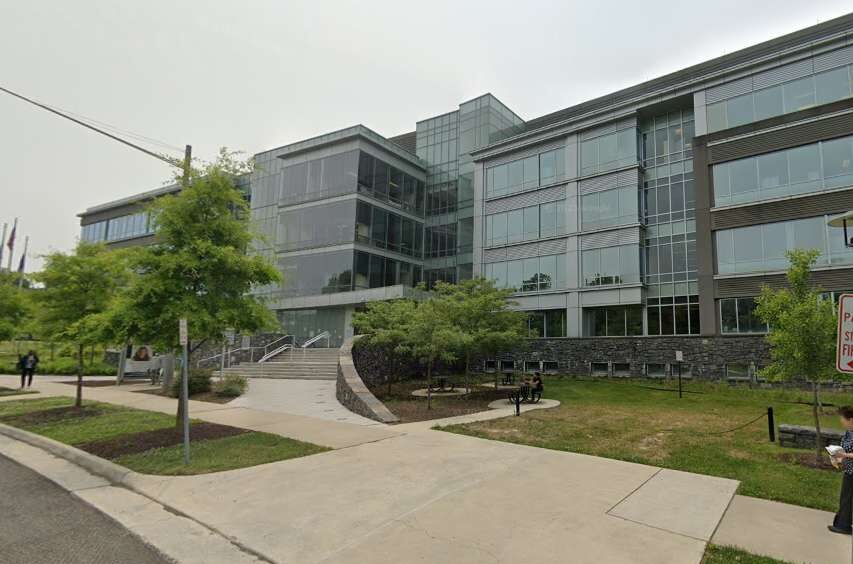
The Fairfax-Falls Church Community Services Board will have more money for mental health services, thanks to recent state budget amendments.
The CSB provides services related to mental health, substance use and developmental disabilities. Additional funding could include $2.5 million to cover both staff pay increases and the state’s program to standardize behavioral health community services (STEP-VA).
“We’re kind of getting geared up for all of these great new resources coming, but…me and my staff will be quite busy over the next half year to a year with making sure we get all of these things stood up,” Fairfax-Falls Church CSB Executive Director Daryl Washington told the Board of Supervisors health and human services committee on Oct. 17.
Northern Virginia is likely to receive about 20% of the $78 million allocated for regional initiatives, Washington said.
Washington also told the committee there are five staff vacancies in the CSB’s youth outpatient unit, down from more than three times that at the height of the pandemic. Still, those vacancies make it challenging for the board to meet its goal timeline in assigning youth to treatment, he said.
The CSB would ideally make assignments within 14 calendar days or 10 business days of a youth’s initial assessment. After that point, statistics have shown that people are less likely show up to an ongoing therapy program, Washington said.
“Those five vacancies represent around 125 youth being served at any one point in time,” Washington said. “I really think, if we were fully staffed with those five, that we would be hitting our goal based upon the additional youth that we’d be able to serve.”
The CSB is also looking for an appropriate location to build a regional program that would be licensed as a medically-managed detox center, a youth crisis stabilization center, a youth substance abuse treatment center and a type of youth group home aftercare center, Washington said.
This facility could provide a long-term alternative to Virginia’s one youth state hospital, according to Washington.
“Quite frankly, I don’t know if the youth state hospital is the best place for folks to receive care at right now anyway,” he said. “We really try to focus on getting our youth at some of our local private hospitals whenever we can. I think that’s going to be a multi-year issue that’s not going to go away and that finding some type of either regional or local solution that’s going to work for our kids is probably the better long-term solution for us to go with.”
The closure of several state psychiatric hospitals in 2021 has also created a widespread shortage of beds for adults in crisis. In its most recent annual report, the Fairfax-Falls Church CSB said it had 1,353 individuals waiting in emergency rooms for as long as six days due to a lack of psychiatric inpatient beds.
The 2022 Fairfax County Youth Survey, which was released last month, found declines from 2021 in the percentages of 8th, 10th and 12th grade students who reported stress, depressive symptoms, suicidal ideation and suicide attempts, though Washington said there’s still work to be done. Read More
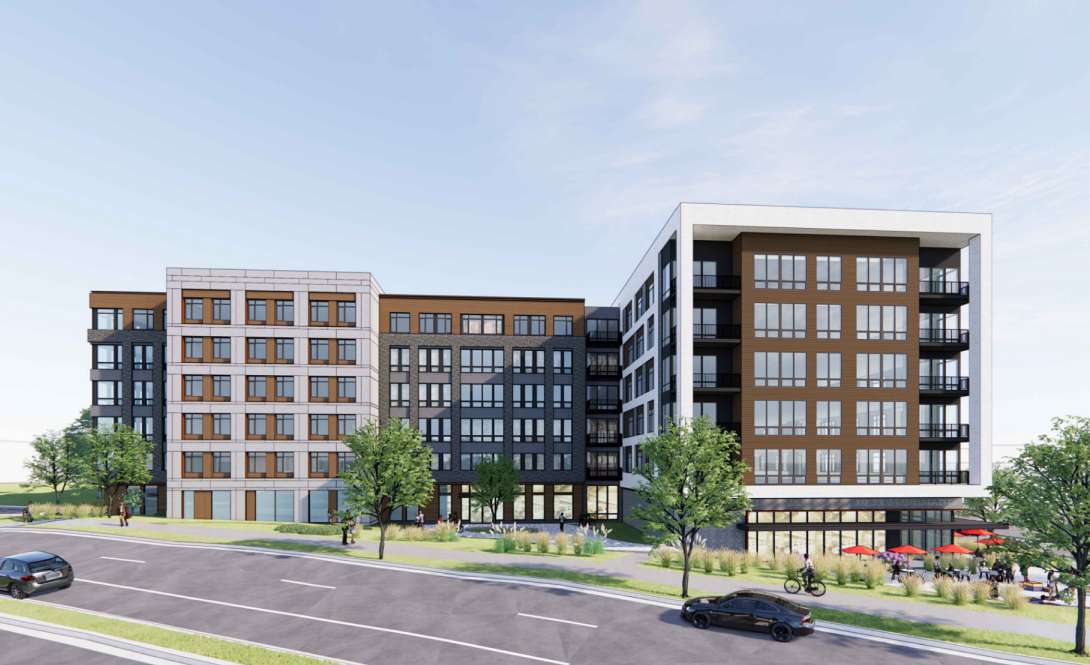
An apartment building is one step closer to construction in Annandale’s Eastgate Shopping Center.
At a public hearing yesterday (Wednesday), the Fairfax County Planning Commission unanimously recommended that the Board of Supervisors approve a plan from developer Eastgate JV LLC. The finished building would have up to 280 residential units — 8% of them workforce dwelling units — and up to 11,200 square feet of ground-floor retail.
There were no public comments on the proposal, which also proposes 23,858 square feet of publicly accessible urban park space in the form of a civic plaza and linear park.
The new development would take over space occupied by The Block food hall, and requires rezoning. Scott Adams, a lawyer representing the project developer, said there were plans to retain The Block in some form, in collaboration with Eastgate Shopping Center ownership.
“We’re working with [The Block] on a new concept that’s going to go into the remaining shopping center, so we’re not losing that user,” Adams said.
The planning commission also recommended that the Board of Supervisors permit the developer to build 1.34 parking spaces per apartment unit — fewer than the 1.6 spaces per unit required by the county’s zoning ordinances.
Concerns about parking resulted in a narrow 5-4 approval of the Eastgate development plan by the Mason District Land Use Advisory Committee, according to Mason District Commissioner Daren Shumate.
At that meeting, the committee also discussed Parking Reimagined, which rewrote the county’s parking requirements, Adams noted. The initiative was approved last month and will take effect on Jan. 1.
Adams said the parking request came from looking at a variety of factors, including utilization rates for other projects in Fairfax County and standards from the Institute of Transportation Engineers.
The Eastgate Shopping Center features a number of businesses, including grocery store K Market International, thrift store B-thrifty, and restaurants including SB Han’s Korean Food and Dragon Mochi Donuts & Drinks.
Adams said the shopping center is “a pretty vibrant environment,” but he didn’t rule out the possibility that the rest of the center could “eventually” get turned into housing.
“We would anticipate that the remainder of the center would redevelop with probably residential,” he said.
The Fairfax County Comprehensive Plan encourages “appropriate revitalization and selected redevelopment” of the Annandale Community Business Center (CBC), where the proposed development is located. In particular, the plan looks to boost the mostly commercial area’s residential population and pedestrian accessibility.
According to a county staff report, the developer has agreed to provide a trail and remove an existing right-turn lane along John Marr Drive as part of the project.
“Staff believes both improvements will enhance the pedestrian experience along John Marr Drive,” staff wrote.
A nearby bus stop on southbound John Marr Drive south of Columbia Pike will also be upgraded with a bus shelter and ADA-accessible pad.
Even as they supported the project, Franconia District Commissioner Dan Lagana and Braddock District Commissioner Mary Cortina cautioned against gentrification of the area’s retail and restaurants.
“It has good bones, and it could be something really great, and it is good to get people within the CBC area,” Cortina said, noting that the area remains mostly retail. “But the gentrification of retail and of the restaurants would be a real shame, and we don’t want to lose that in Annandale.”
A Board of Supervisors hearing on the application is scheduled for Tuesday, Oct. 24.
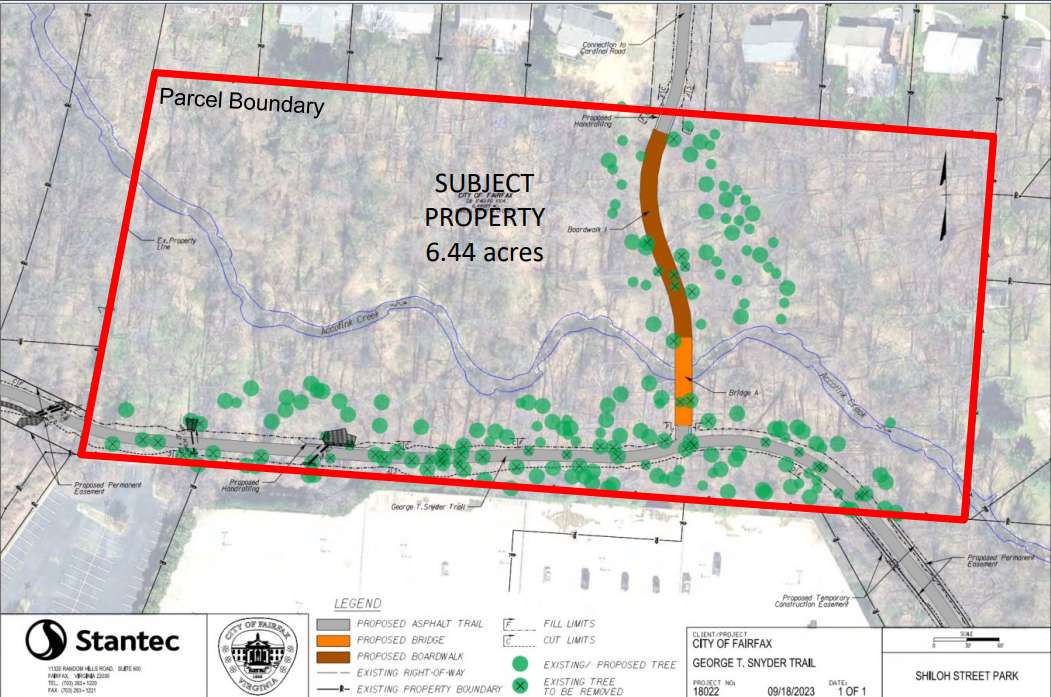
(Updated at 3:45 p.m.) A years-long effort to build a pedestrian and bicycle trail along Fairfax Blvd (Route 50) is facing a roadblock.
At a public hearing last Tuesday (Sept. 26), the Fairfax City Council deferred action on a special use permit for nearly 12,000 square feet of trail in Shiloh Street Park (10400 Shiloh Street). The affected area requires the permit because it is zoned for residential development.
The Shiloh Street Park passageway, which would include asphalt pavement, a boardwalk and a bridge over the Accotink Creek, would join the partially-constructed George Snyder Trail. Plans for the Snyder trail have been in the works for more than a decade.
Per a July presentation from city staff, the final version of the trail will be 1.78 miles long and offer a route for pedestrians and cyclists parallel to Fairfax Blvd from Chain Bridge Road (Route 123) to Draper Drive, connecting to the Wilcoxon Park trail.
The special use permit request for Shiloh Street Park now appears on the agenda for the council’s Oct. 10 meeting, where it will not require a public hearing. The vote to defer action was unanimous.
Councilmember D. Thomas Ross said he supported the deferral to give the council time to gather additional information and reflect on concerns raised by community members.
Councilmember Kate Doyle Feingold said the proposal was developed to use funding, rather than to serve residents.
Much of the Snyder trail’s $18.8 million estimated cost will be covered by money from the state’s I-66 Outside the Beltway project, which funds 16 projects approved by the Commonwealth Transportation Board with the recommendation of the Northern Virginia Transportation Authority.
“What we need to do is design things that the community and residents want, design things that protect our natural spaces, that make our residents feel safe and comfortable, places people love to go, like Daniels Run Trail,” Doyle Feingold said.
Among other concerns, she said the project would “take down an unnecessary hundreds of trees”
City staff estimate the Shiloh Street Park portion of the project would require removing 59 trees, while the overall project would require removing 568 trees — a prospect that has fueled opposition to the trail from some community members.
A mitigation plan to offset the prospective tree losses would plant 858 trees and 815 shrubs — all native species — in the project area, including 518 trees and 353 shrubs in the resource protection area, a city spokesperson says.
During the public hearing, four individuals who said they live in the Mosby Woods neighborhood near Shiloh Street Park spoke against having an access point to the trail near their homes, citing crime.
Ross said he recognized those concerns, and the city is taking action to address them. Ultimately, though, he remained supportive of the trail.
“From a trail perspective, and from our parks and our open space, opening them up to public access can be a good thing. It adds visibility. It adds public use,” he said.
Ross also said there has been “strong community support” for the trail over the years of its development.
The Fairfax Alliance for Better Bicycling called on riders to support trail construction ahead of a city council work session in July.
The vote on the Shiloh Street Park special use permit is not the last action the city council will take on the trail project this year. If the permit is approved, the body will vote this winter to award a contract for construction, which is scheduled for spring 2024, per city staff’s July presentation.
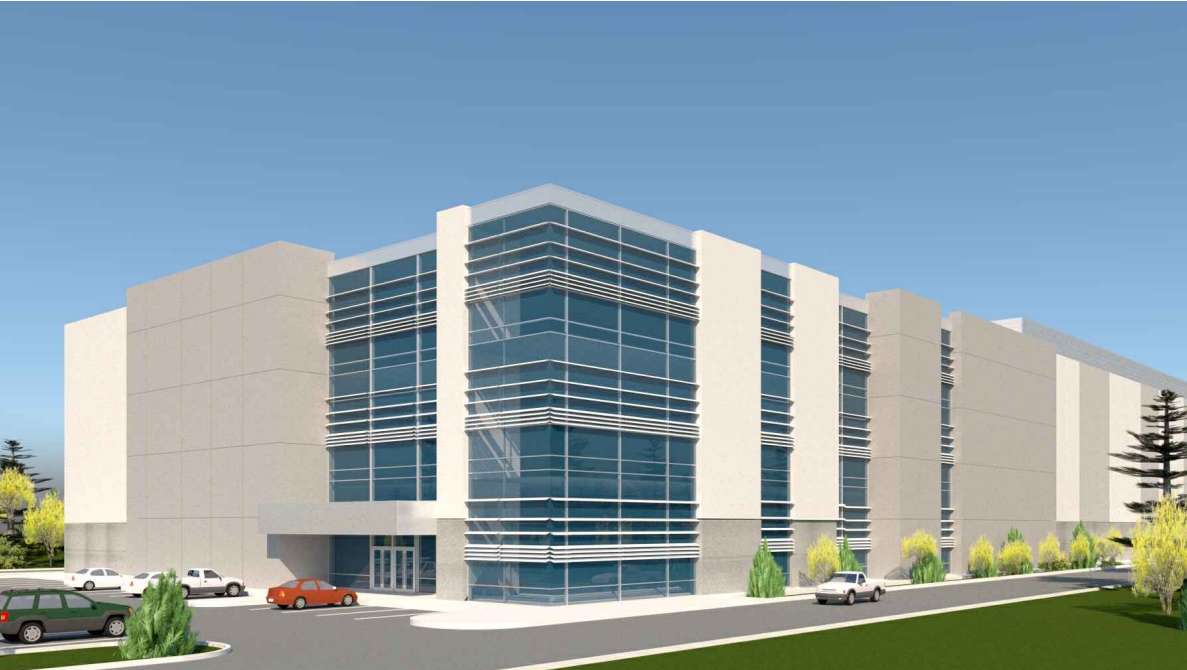
Over vocal protests from members of the public, the Fairfax County Planning Commission recommended approval of a plan to build a data center in Chantilly.
Following a five-hour public hearing that started on Sept. 20 and ended well past midnight on Sept. 21, the recommendation passed with six votes in favor, including from Evelyn S. Spain, who represents the Sully District where the data center would be built.
Peter Murphy (Springfield), Mary Cortina (Braddock) and John Ulfelder (Dranesville) abstained. Candice Bennett (at-large) and John Carter (Hunter Mill) did not attend the meeting, and Timothy Sargeant (at-large) recused himself.
Pending approval from the Board of Supervisors, the plan would likely lead to a data center up to 110 feet tall on a 12.1-acre plot of land on the south side of Route 50, built by an affiliate of D.C.-based Penzance.
The developer could opt to build a 150,000-square foot warehouse on the site instead, but attorney Evan Pritchard, representing the developer, said a data center was the more likely outcome.
This recommendation comes after months of discord over the project and amidst a broader debate over data centers in the county. Ultimately, county staff concluded that a data center or warehouse was an acceptable use for the land in question.
“Overall, considering the Comprehensive Plan, industrial designation, the adjacent uses, which are industrial, commercial and open space, and the significant setbacks and buffering around the property, as well as other items discussed in the staff report, staff consider this an appropriate area for a data center or a warehouse and either use compatible with the surrounding area,” said Emma Estes with the zoning and evaluation division of the county’s Department of Planning and Development.
Residents of Chantilly’s Pleasant Valley neighborhood raised concerns about topics including noise, potential diesel spills and the character of the area.
“It is just beyond my comprehension that anyone would consider this enormous building within character and harmonious with the surrounding area, yet that is exactly what the county is trying to convince us of,” Cynthia Shang said on behalf of the community organization Save Pleasant Valley.
The data center would house an estimated 27 diesel-powered backup generators that use about 135,000 gallons of diesel fuel, according to a county staff report, sparking concerns about the potential for an accidental spill.
Pritchard said the diesel-fueling areas were designed and graded to drain away from stormwater areas and the resource protection area, and fuel would collect at an oil-water separator in the event of a spill.
“Needless to say, this is a very regulated area,” Pritchard said. “We’ll be subject to the federal [Environmental Protection Agency] regulations, the Virginia [Department of Environmental Quality] regulations as well as the county’s own regulations on fuel tank storage.”
As the committee voted, some members of the public still in attendance shouted their opposition. Commission Chairman Phil A. Niedzielski-Eichner (Providence) voted in favor of recommending approval, but acknowledged the discontent with the developer.
“I’m a strong proponent of engaging people, not being afraid of people,” he said. “That dynamic here does not cloud for me the fact that I believe the criteria that’s important to me relative to the neighborhood has been addressed.”
Spain said it was “very painful” and “a very difficult situation” as she moved for the commission to recommend approval.
Some commissioners asked if the vote could be deferred, but according to county staff, state law requires a planning commission recommendation within 100 days of a rezoning case’s referral. Without a vote, the plan would’ve progressed to the Board of Supervisors with an automatic approval recommendation.
The proposal will now get a public hearing before Board of Supervisors at 4:30 p.m. on Oct. 24.

